dmt crystals buy
$250.00 – $800.00
dmt crystals buy, DMT Crystal (N,N-Dimethyltryptamine)—a powerful psychedelic compound found in plants and mammals. Widely studied for its rapid and intense effects, DMT crystals are of high interest in neuroscience and consciousness research.
Keywords: DMT Crystal, N,N-Dimethyltryptamine, psychedelic crystal, DMT research, natural tryptamines
DMT Crystal
DMT Crystal—short for N,N-Dimethyltryptamine—is a powerful, fast-acting psychedelic compound that occurs naturally in many plants, animals, and even the human body. In crystalline form, it appears as a white to yellow-orange solid, prized in research for its rapid onset and profound effects on consciousness.
Known as the “Spirit Molecule,” DMT is structurally classified as a tryptamine alkaloid and chemically related to serotonin and melatonin. In crystal form, it is often extracted from DMT-containing plants like Mimosa hostilis, Desmodium gangeticum, or Psychotria viridis using specialized laboratory methods.
Researchers and neuroscientists are especially interested in DMT due to its unique ability to induce short yet intense altered states of awareness—making it valuable for studies into brain function, perception, and therapeutic potential in mental health.dmt crystals buy
While illegal in many regions, DMT Crystal is increasingly being studied in controlled clinical and laboratory environments for its potential in depression, anxiety, PTSD, and end-of-life therapy.
Please note: This product is not for human consumption. For research and educational purposes only. Always comply with local laws and regulations.dmt crystals buy
Keywords: DMT Crystal, N,N-DMT, Dimethyltryptamine crystals, psychedelic tryptamines, DMT research compound, DMT effects, DMT extraction
🔬 DMT Crystal – Uses and Properties (Educational & Research Context)
N,N-Dimethyltryptamine (DMT) is a naturally occurring tryptamine alkaloid found in a variety of plants and animals, including the human body. In its crystalline form, DMT is a white to yellow-orange solid, depending on purity and source material. It is of particular interest to the scientific, psychiatric, and consciousness research communities for its psychoactive properties.
✅ Properties of DMT Crystal:
-
Chemical Name: N,N-Dimethyltryptamine
-
Molecular Formula: C₁₂H₁₆N₂
-
Appearance: White to yellow/orange crystalline powder
-
Solubility: Soluble in ethanol, methanol, and other organic solvents
-
Melting Point: ~44.6°C (112.3°F)
-
Chemical Class: Tryptamine / Indolealkylamine
-
Mechanism of Action: Acts primarily as a 5-HT2A receptor agonist (serotonin receptor)
🔍 Common Research Uses:
-
Neuroscience Studies: Understanding altered states of consciousness, perception, and brain activity.
-
Psychiatric Research: Investigated for its potential in treating depression, PTSD, and addiction under supervised clinical settings.
-
Ethnobotanical Studies: Used by indigenous cultures in ceremonial brews like ayahuasca.
-
Pharmacology: Studying how short-acting psychedelics interact with the human nervous system.
| quantity | 5g, 10g, 28g |
|---|
Be the first to review “dmt crystals buy” Cancel reply
Related products
PSYCHEDELICS DRUGS
PSYCHEDELICS DRUGS
PSYCHEDELICS DRUGS
PSYCHEDELICS DRUGS




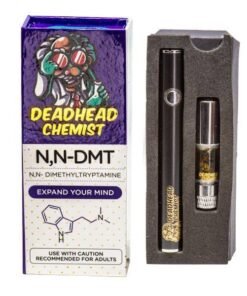
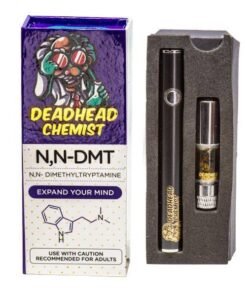
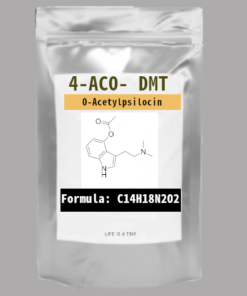
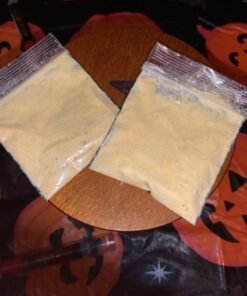
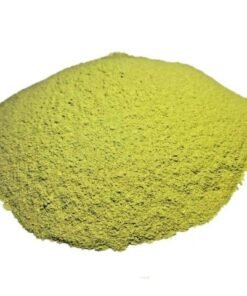
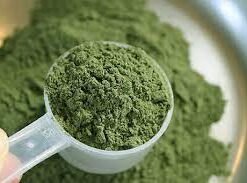


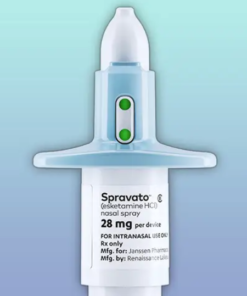
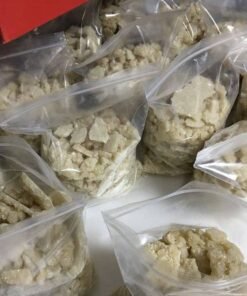
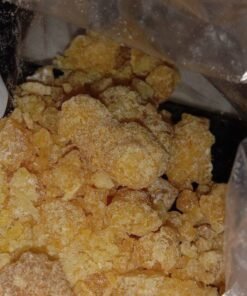


Reviews
There are no reviews yet.